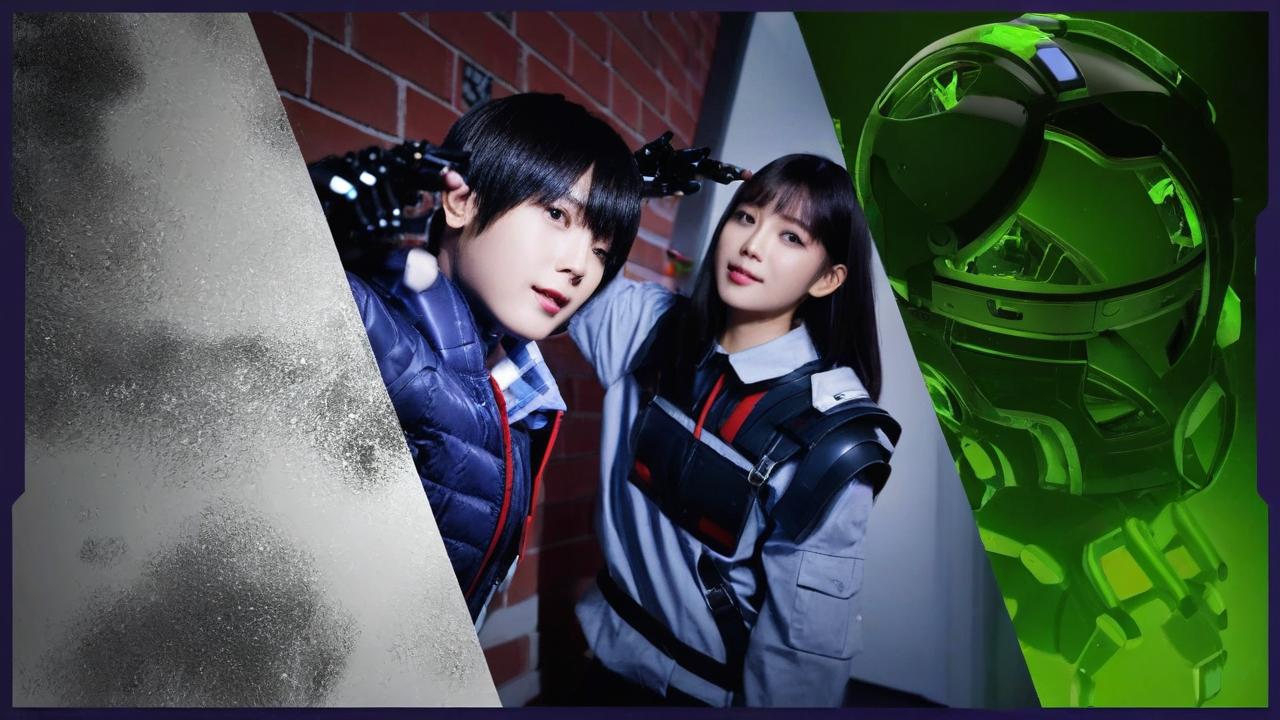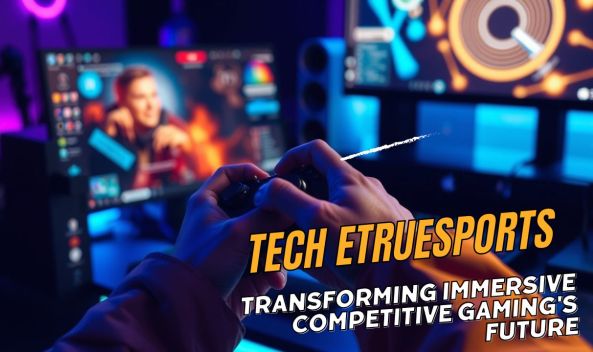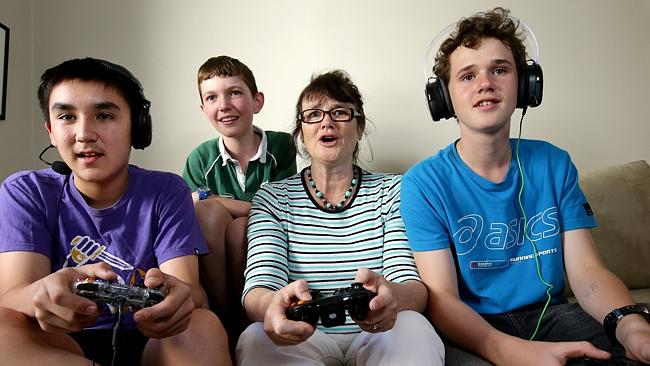
Valorant, developed by Riot Games, has rapidly become one of the most popular first-person tactical shooters in the gaming world since its release in June 2020. The game’s unique blend of precise gunplay and agent abilities has attracted millions of players worldwide, and in turn, a vibrant and dynamic community has emerged. From professional esports teams to casual gamers, content creators, and fans, the Valorant community is diverse and continually evolving. In this article, we’ll explore the various aspects of this community and what makes it a thriving ecosystem.
- The Origins of the Valorant Community
- The Core of the Valorant Community: Players
- Professional Esports Scene: A Catalyst for Growth
- Content Creators and Influencers: Shaping the Meta and Culture
- Diversity and Inclusivity: Building a Welcoming Community
- Fan Art, Cosplay, and Creativity: Expressing Passion for Valorant
- Challenges and Toxicity: Addressing the Dark Side of the Community
- The Future of the Valorant Community
The Origins of the Valorant Community
Riot Games, known for the massive success of *League of Legends*, designed Valorant with both competitive and casual gamers in mind. The company aimed to create a game that was both accessible to newcomers and deeply rewarding for skilled players. Upon its release, Valorant immediately attracted players from other popular tactical shooters like *Counter-Strike: Global Offensive* (CS:GO) and *Overwatch*, who were intrigued by its tactical mechanics and the introduction of agents with unique abilities.
The beta release of Valorant was a pivotal moment for the community. Riot Games invited streamers and content creators to showcase the game early, creating a buzz that led to massive Twitch viewership numbers. This strategy not only generated hype but also laid the foundation for the community’s growth. Players and fans began to organize around streamers, forums, and social media, creating an environment where sharing tips, strategies, and game experiences became central.
Also Read: Explore Gamerxyt.com Categories for Gaming News and Guides
The Core of the Valorant Community: Players
At the heart of the Valorant community are its players. They range from casual gamers looking to have fun with friends to highly competitive individuals striving to climb the ranks. The ranking system in Valorant is integral to the community’s structure, offering players a goal to work toward and a means of measuring their skill levels. Players in lower ranks often form groups to improve their skills, sharing strategies and tips through various online platforms like Discord servers, Reddit, and Twitter.
Meanwhile, those at the highest competitive levels—Immortal and Radiant—participate in a more intense and demanding environment. These players often form teams to compete in tournaments and scrims (practice matches) to refine their tactics and teamwork. The high skill ceiling of Valorant allows for continuous improvement, which motivates many players to keep striving for higher ranks, pushing the community forward.
Professional Esports Scene: A Catalyst for Growth
Valorant’s esports scene is one of the most dynamic aspects of its community. Riot Games has heavily invested in Valorant as an esport, creating the Valorant Champions Tour (VCT) as the primary competitive circuit. The VCT consists of regional and international events, culminating in global tournaments that feature the best teams from around the world. These events have become a focal point for fans and players alike, drawing millions of viewers who tune in to watch the world’s best teams compete.
The professional scene has fostered the growth of several notable esports organizations, such as Sentinels, Fnatic, and Team Liquid, all of which have assembled rosters of elite players. These organizations not only compete in tournaments but also engage with the community through social media, merchandise, and collaborations with content creators. As a result, professional players and teams have become influential figures, inspiring a new generation of gamers to pursue a career in esports.
The Valorant esports community is not just about the players and teams but also includes coaches, analysts, and fans who actively participate in discussions about the game’s meta (the dominant strategies and agent compositions). The community debates and analyzes these strategies, often leading to shifts in how the game is played at various levels. This cycle of innovation and adaptation ensures that the professional scene remains exciting and unpredictable, further fueling the growth and engagement of the Valorant community.
Content Creators and Influencers: Shaping the Meta and Culture
Content creators are a crucial component of the Valorant community. Streamers and YouTubers like Shroud, TenZ, and Pokimane have amassed large followings, drawing audiences who want to learn tips, watch high-level gameplay, or simply be entertained. These creators play a pivotal role in shaping the game’s meta, as their gameplay often influences what strategies and agents are popularized.
For new players, content creators provide valuable insights into the game, offering tutorials, agent guides, and tips on improving skills. Many players learn how to play the game effectively by watching streams and videos, which adds an educational aspect to the community. Content creators also host custom games, community tournaments, and collaborative streams, fostering a sense of unity and inclusiveness within the community.
Moreover, the impact of these influencers extends beyond gameplay. They often set trends and create memes that become part of the broader Valorant culture. Whether it’s new catchphrases or agent-specific jokes, these trends help build a shared identity among players, creating a sense of belonging. Social media platforms like Twitter, TikTok, and Reddit are filled with Valorant memes, art, and clips that highlight both the humorous and competitive sides of the game.
Diversity and Inclusivity: Building a Welcoming Community
One of Valorant’s greatest strengths is its diverse and inclusive community. Riot Games has been vocal about promoting diversity within the game, including creating agents from various cultural backgrounds and emphasizing gender inclusivity. This approach is mirrored in the community, where players from different backgrounds and identities come together. Valorant is particularly popular among female gamers, thanks in part to Riot’s efforts to create a safe and welcoming environment for all.
Female gamers, in particular, have formed their own sub-communities, hosting events and tournaments that celebrate women in gaming. Organizations like *Galorants*, a community specifically for women and non-binary players, provide a platform for players to connect, compete, and support each other. These initiatives have not only increased female participation but have also raised awareness about the importance of inclusivity in gaming.
Additionally, Valorant’s international player base has led to the formation of communities across different regions and languages. For instance, the 발로란트 커뮤니티 in South Korea has become a thriving hub for players to discuss strategies, form teams, and organize events. Each regional community brings its own flavor to the game, enriching the global Valorant experience.
Fan Art, Cosplay, and Creativity: Expressing Passion for Valorant
Beyond gameplay, the Valorant community is also rich in creativity. Fans express their love for the game through art, cosplay, and other forms of content creation. Fan art featuring the game’s agents and iconic moments is widely shared on platforms like DeviantArt, Twitter, and Instagram. These artworks range from realistic portraits to humorous comics, showcasing the talent and passion of the community.
Cosplay is another avenue where fans showcase their dedication. Valorant’s diverse cast of characters, each with unique outfits and abilities, offers plenty of inspiration for cosplayers. At gaming conventions and online events, fans dress as their favorite agents, bringing them to life in stunning detail. Riot Games often supports these creative endeavors, featuring fan art and cosplay on official channels and even hosting contests to celebrate the community’s talent.
Challenges and Toxicity: Addressing the Dark Side of the Community
While the Valorant community is vibrant and diverse, it is not without its challenges. Like many online gaming communities, Valorant has faced issues with toxicity, harassment, and cheating. Some players exhibit toxic behavior, such as verbal abuse or throwing games when things aren’t going their way. This behavior can be discouraging, especially for new players or those who may already feel marginalized.
Riot Games has made efforts to combat these issues through updates and anti-toxicity measures. They’ve implemented tools like voice chat moderation, reporting systems, and bans for players who engage in toxic behavior. Community initiatives also encourage players to be positive and supportive, promoting a healthy gaming environment.
Despite these efforts, toxicity remains a concern that the community continues to address. Many players actively participate in campaigns to make Valorant more inclusive, speaking out against harassment and advocating for a positive culture. The ongoing battle against toxicity shows that while the community is not perfect, there is a collective desire to make it better.
The Future of the Valorant Community
As Valorant continues to grow, its community is set to evolve in exciting ways. Riot Games has plans to expand the game further, with new agents, maps, and updates designed to keep the game fresh and engaging. These updates will undoubtedly shape the community, bringing in new players and changing the meta.
Moreover, the Valorant Champions Tour and other professional circuits are expanding, promising more thrilling competitions and opportunities for fans to engage. With an ever-growing fan base and increasing investment in esports, the Valorant community is poised for sustained growth and innovation.
The Valorant community is a dynamic and multifaceted ecosystem filled with players, content creators, professional athletes, and fans. While it faces challenges like toxicity, its diverse and passionate members continuously work towards creating an inclusive and engaging environment. As the game evolves, so too will its community, ensuring that Valorant remains a central hub for gamers worldwide for years to come.



